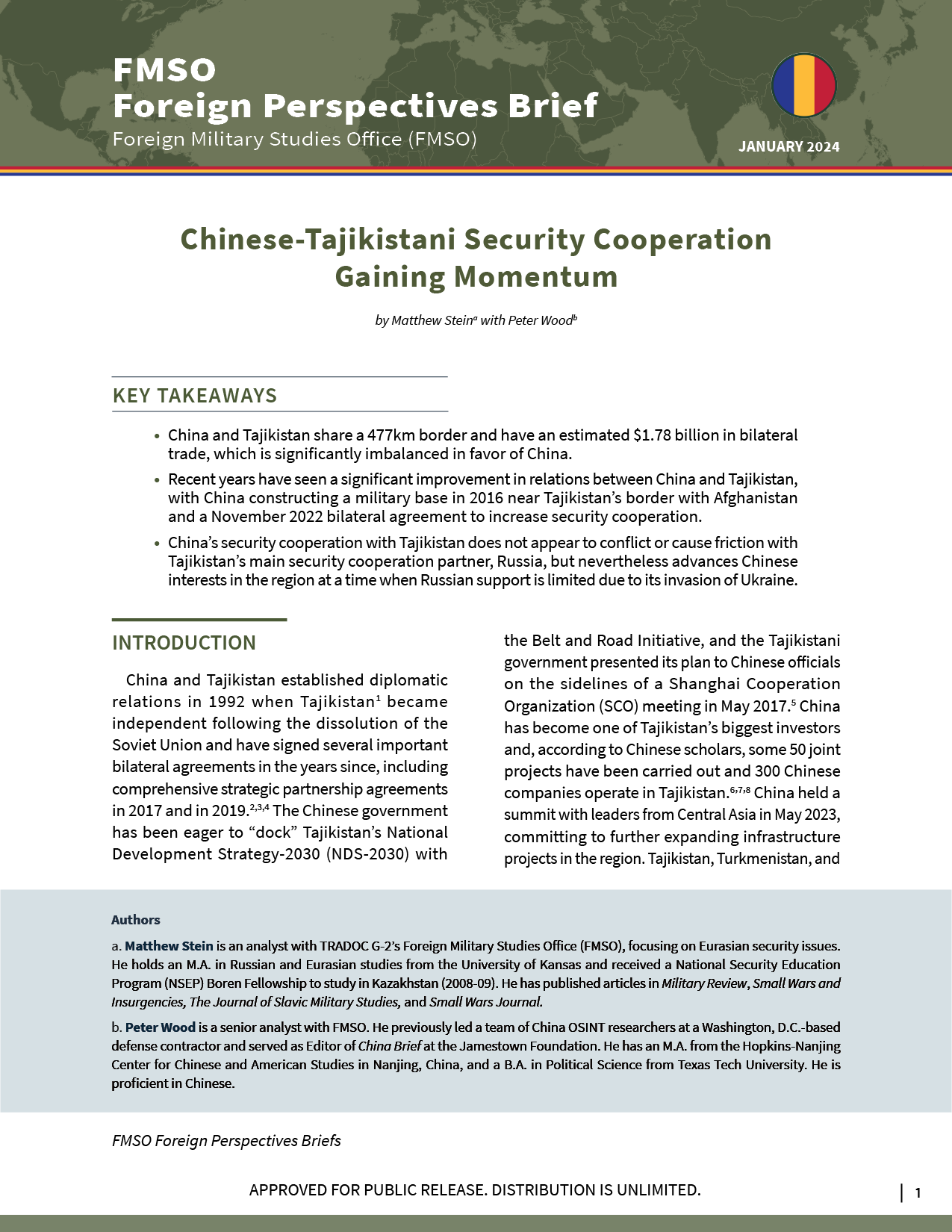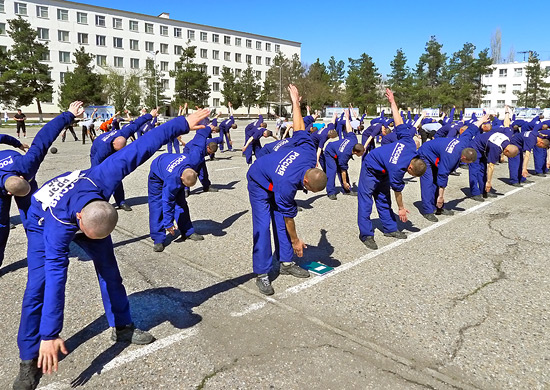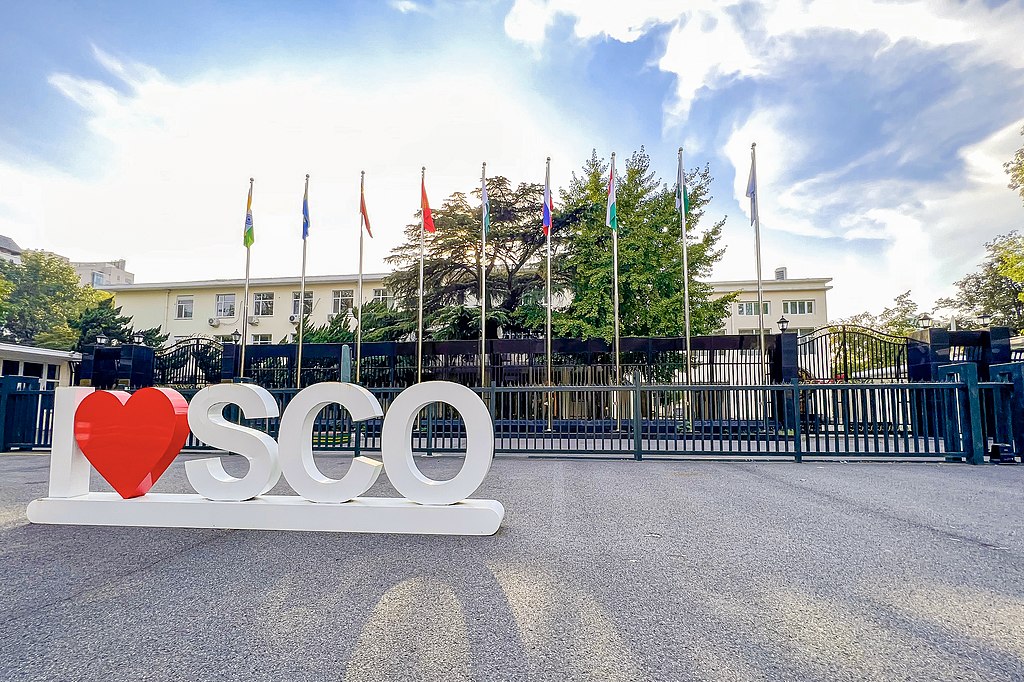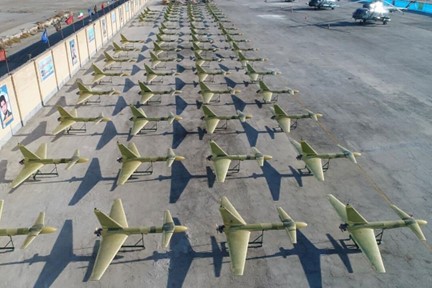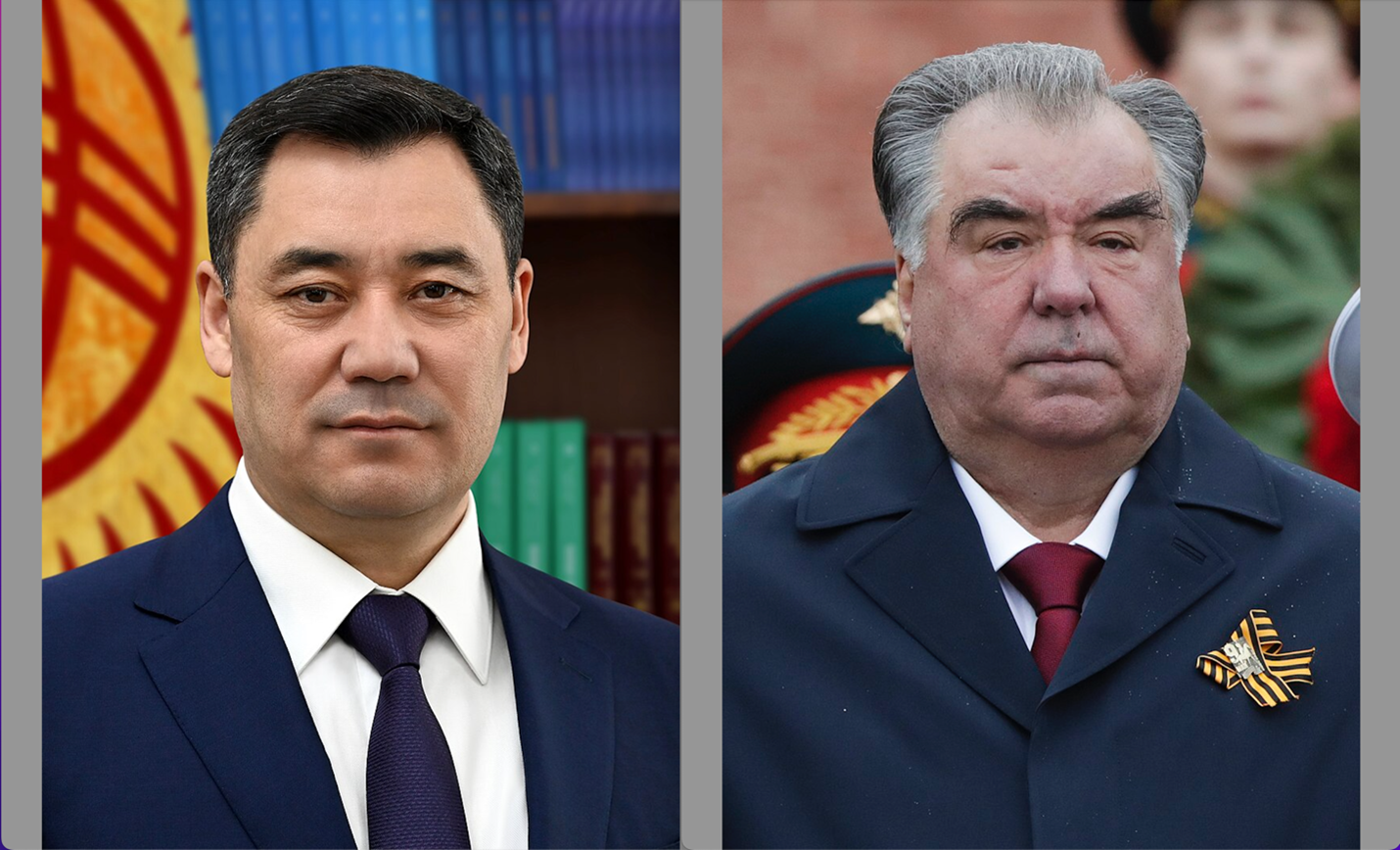
President Sadyr Zhaparov of the Kyrgyz Republic and President Emomali Rahmon of Tajikistan forged a bi-lateral agreement regarding shared disputed borders, outside the CSTO framework.
“Chairman of the State Committee for National Security Kamchybek Tashiev said that more than 90% of the Kyrgyz-Tajik border has been agreed upon. He made this statement on December 12 after a meeting with his Tajik counterpart Saimumin Yatimov.”
The accompanying excerpted article from the independent news website Kloop reports that Kyrgyzstan and Tajikistan recently reached a bilateral agreement to demarcate most of their shared border separate from efforts by Russia and the Collective Security Treaty Organization (CSTO) to resolve the border dispute. The CSTO is a political-military organization made up of former Soviet republics, including Russia, Kyrgyzstan, and Tajikistan that works to provide security in the Eurasia region. The Kyrgyzstan-Tajikistan dispute stems from borders that were not demarcated when the two countries became independent. The lack of clear boundaries has been a source of contention and became particularly acute after a series of clashes took place in 2022.[i] The largest and deadliest clash took place in September 2022 and threatened to undermine cooperation within the CSTO as it marked the first time relations between two member states resulted in open armed conflict.[ii] According to the Kloop article, the heads of the National Security Committees of Kyrgyzstan and Tajikistan met in December and agreed to demarcate a large section of their border. The agreement includes demarcating some of the more controversial sections of the border near the location of previous clashes. The article also notes that the agreement is not finalized, but it will likely fulfill the promise by Kyrgyzstan’s President Sadyr Japarov to resolve the border issue by the spring of 2024. It remains to be seen whether this agreement will prevent any future border clashes from taking place or if they do, whether Russia or the CSTO will get involved. While the fact that neither Russia nor the CSTO were involved in the mediations is noteworthy given the regional role of Russia and the fact that the CSTO, the development is not necessarily a sign of waning Russian interest. Russia has offered to mediate following border clashes between Kyrgyzstan and Tajikistan over the years, but nothing came of it. Also, the CSTO claims it is ready and capable of providing security in the region but could not prevent two of its member states from clashing. Instead, the agreement between Kyrgyzstan and Tajikistan reflects the fact that governments in the region have taken more initiative[iii] in regard to their own security affairs, rather than looking to outside partners.
Sources:
“Ташиев и Ятимов сообщили о согласовании более 90% кыргызско-таджикской границы (Tashiyev and Yatimov reported on the agreement of more than 90 percent of the Kyrgyz-Tajik border),” Kloop (independent Russian-language news website in Kyrgyzstan), 13 December 2023.
Chairman of the State Committee for National Security Kamchybek Tashiev said that more than 90% of the Kyrgyz-Tajik border has been agreed upon. He made this statement on December 12 after a meeting with his Tajik counterpart Saimumin Yatimov.
Tashiev and Yatimov are the chairmen of the government delegations of the Kyrgyz Republic and Tajikistan on the delimitation and demarcation of the Kyrgyz-Tajik border…
According to him, the sections starting from Kayragach, Kulundu, Maksat, Arki-1, Arki-2, Zhany-zher and up to Zhiydelik have been fully agreed upon. Sections from Kara-Bak, Lakko to the “junction of the point of three states” have also been agreed upon.
“That is, at the moment we have almost completed all controversial issues [on the border]. There are only a few meetings left to finally finalize the issue with the state border,” concluded the head of the State Committee for National Security…
Earlier, President Sadyr Japarov promised that the issue of the Kyrgyz-Tajik border would be resolved before the spring of 2024.
The total length of the Kyrgyz-Tajik border is 972 kilometers. As of 2022, a total of 664 kilometers of border have been agreed upon…
Due to undefined borders, conflicts periodically arise in the territories adjacent to Tajikistan in the Batken and Osh regions…
The last large-scale conflict occurred on September 14-17, 2022. Fights and clashes took place along the entire perimeter of the state border. As a result of the conflict, 63 Kyrgyzstanis were killed and another 206 people were injured. The Tajik authorities noted that 41 people were killed and more than 20 people were injured in that conflict…
Notes:
[i] For background on Russian efforts following the September 2022 clashes, see (in Russian): Mirayim Almas, “«Богатый опыт»: Россия готова помочь Кыргызстану и Таджикистану в решении пограничных споров (‘Rich experience’: Russia is ready to help Kyrgyzstan and Tajikistan in resolving the border disputes),” Kloop, 15 September 2022. https://kloop.kg/blog/2022/09/15/bogatyj-opyt-rossiya-gotova-pomoch-kyrgyzstanu-i-tadzhikistanu-v-reshenii-pogranichnyh-sporov/
[ii] Kyrgyzstan cancelled a CSTO exercise set to take place in October 2022 following the border clash with Tajikistan. See: Matthew Stein “Members Of Collective Security Treaty Organization Show Less Support For Russia-Led Body,” OE Watch, 11-2022. https://fmso.tradoc.army.mil/2022/members-of-collective-security-treaty-organization-show-less-support-for-russia-led-body/
[iii] For more on Central Asian states cooperating on security issues, see: Matthew Stein “Central Asian States Take the Initiative in Security Cooperation,” OE Watch, 01-2022. https://fmso.tradoc.army.mil/2022/central-asian-states-take-the-initiative-in-security-cooperation/
Image Information:
Image: President Sadyr Zhaparov of the Kyrgyz Republic and President Emomali Rahmon of Tajikistan forged a bi-lateral agreement regarding shared disputed borders, outside the CSTO framework.
Sources: https://commons.wikimedia.org/wiki/File:Official_Photo_of_the_President_of_the_Kyrgyz_Republic_H.E._Mr._Sadyr_Zhaparov.jpg and https://en.wikipedia.org/wiki/President_of_Tajikistan – /media/File:2021_Moscow_Victory_Day_Parade_037_(cropped).jpg
Attribution: Modified (combined photos) as per rights granted: CC BY SA 4.0

